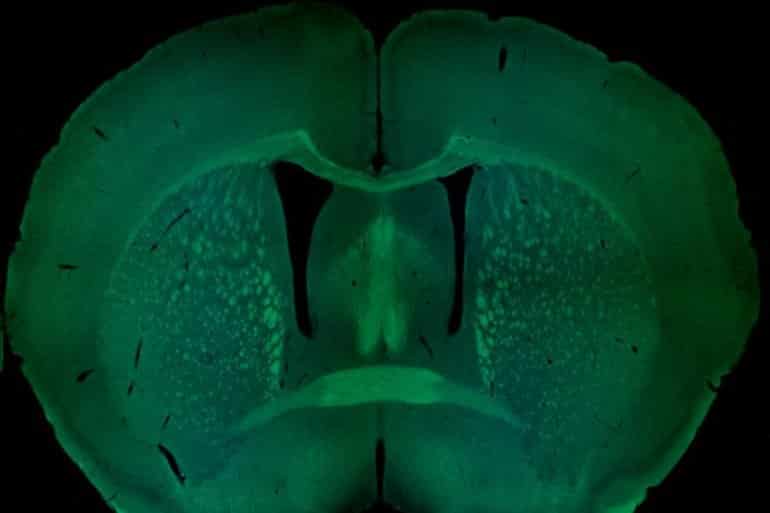Summary: Mouse study reveals females with the EPHB2 genetic mutation are at greater risk of autism.
Source: Medical University of South Carolina
After reviewing a database of gene mutations in children with autism spectrum disorder (ASD), a team of Medical University of South Carolina (MUSC) researchers decided to study a specific gene mutation that likely caused ASD in a girl.
They demonstrated that the mutation was damaging to the gene, and that female, but not male, mice lacking a working copy of the gene also showed ASD-associated symptoms. Better understanding the interplay between genetics and sex in ASD could set the stage for developing sex-specific treatments for autism.
The MUSC team was led by Christopher Cowan, Ph.D., the William E. Murray SmartState Endowed Chair in Neuroscience and chair of the Department of Neuroscience, and Ahlem Assali, Ph.D., research assistant professor in the same department.
Their findings are published in Nature Neuropsychopharmacology.
One in 54 children is diagnosed with an ASD. Of the children with ASD, four boys are diagnosed for every girl. Individuals with ASD typically have deficits in communication and social interaction and exhibit restricted, repetitive patterns of behavior, activities, or interests. Many people with ASD also present with associated symptoms, such as hyperactivity, attention deficits, epilepsy and intellectual abilities that can range from severely disabled to gifted.
Cowan and Assali investigated the effect of a mutation in the gene, EPHB2, detected in a female patient with autism. EPHB2 is important for forming connections, or synapses, in the brain. The patient had a version of EPHB2 that caused the protein to be cut short.
“It’s as if a sentence had a period in the middle instead of the end,” said Cowan. The shortened protein can no longer serve its function, leaving this ASD individual with less functional protein than neurotypical people.
To confirm that this gene can cause autism, Cowan and Assali created mice that had only one of two working copies of EPHB2. They found that these animals showed repetitive behaviors, hyperactivity and learning and memory problems as well as changes in brain cell function.
Cowan and Assali went a step further and divided the animals based on sex. They did this because the child with ASD and the EPHB2 mutation was a female. They found that the female mice showed much stronger behavior symptoms and brain cell dysfunction than the male mice. Understanding the interplay between genetics and biological sex could be important for understanding autism risk and eventually for developing therapeutics.
“We know that 80% to 90% of autism risk is genetic, but this is a very clear-cut case where the gene and the sex of the animal are interacting to alter neurotypical development,” said Cowan.

Historically, ASD has been diagnosed mostly in boys, so research on ASD has often been biased toward male subjects. The work of Cowan and Assali highlights the importance of sex-specific differences in ASD and the need to examine those differences in research studies that include both sexes. This could set the stage for developing sex-specific treatments for ASD.
“That’s the only way we’re going to start to change research inequalities that have happened in the past,” said Assali.
In future studies, Cowan and Assali hope to explore more deeply the mechanisms of EPHB2 actions in the developing brain. They want to understand why this gene causes symptoms predominantly in female subjects and how hormones might affect autism risk. Their aim is to improve the understanding of the interplay between genetics and biological sex in autism, with a view to informing future personalized, sex-specific treatments for ASD.
About this genetics and autism research news
Source: Medical University of South Carolina
Contact: Heather Woolwine – Medical University of South Carolina
Image: The image is credited to Dr. Ahlem Assali, Medical University of South Carolina
Original Research: The study will appear in Nature Neuropsychopharmacology







